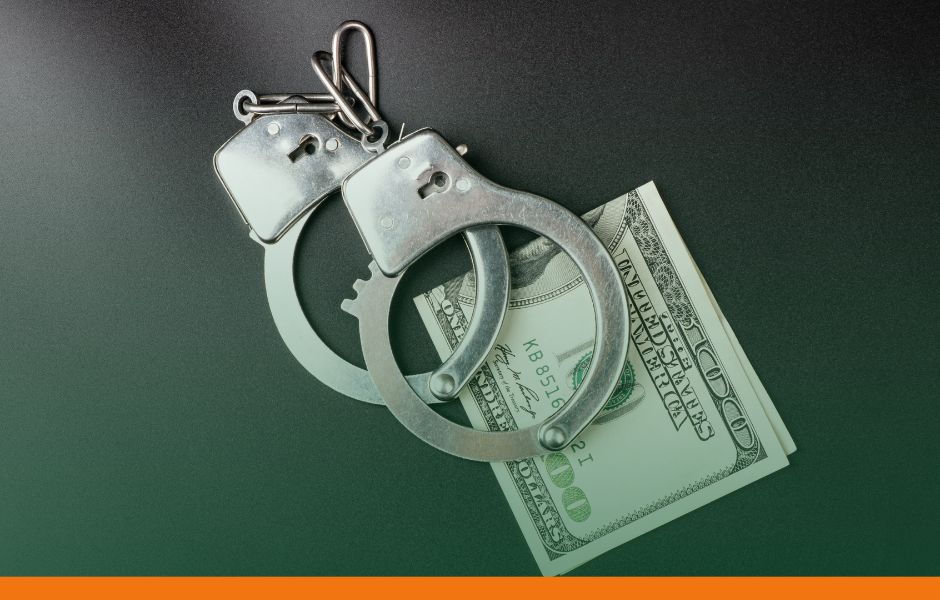
In today’s interconnected world, where our personal and financial lives are heavily reliant on digital platforms, the theft of sensitive information has become a prevalent and alarming issue. Cybercriminals are constantly on the prowl, seeking to exploit stolen data for their own malicious purposes. The consequences of data theft can be far-reaching and devastating for individuals who fall victim to such breaches.
Once in possession of stolen data, cybercriminals have a wide range of nefarious activities at their disposal. They may choose to sell the information on the dark web, where it can be bought by other criminals who can use it for identity theft, fraud, or other illegal activities. Additionally, these criminals may attempt to directly access victims’ bank accounts, swiftly draining funds and causing financial turmoil. The repercussions can also extend to unauthorized credit card purchases, leaving victims to deal with the aftermath of fraudulent transactions. In some cases, cybercriminals may even go as far as filing fraudulent tax returns in the victims’ names, attempting to secure refunds that don’t belong to them.
Taking a proactive approach to data breaches involves a combination of preventive measures and reactive strategies. It’s crucial to promptly assess the compromised information to understand the extent of the breach. Here are some important steps to follow:
1. Assess the compromised information
Determine exactly what data the thieves have gained access to. This could include email addresses, passwords, or more sensitive information like names and Social Security numbers. Understanding the extent of the breach will help you take appropriate measures.
2. Take advantage of credit monitoring services
If an organization or company affected by the data breach offers credit monitoring services, make sure to enroll in them. These services can provide alerts and notifications about any suspicious activity on your credit accounts, helping you stay informed and detect potential fraud.
3. Place a freeze on your credit accounts
Consider placing a freeze on your credit accounts to prevent unauthorized access. While there may be a fee associated with this action, it can significantly enhance the security of your credit records. Alternatively, you can place a fraud alert on your accounts by contacting one of the three major credit bureaus. Although not as secure as a freeze, a fraud alert is a free option.
4. Reset passwords for online accounts
Immediately change the passwords for all your online accounts, including financial websites, email accounts, and social media platforms. It’s crucial to use unique passwords for each account and avoid using easily guessable combinations. Aim for passwords that are at least 10 characters long and include a mix of letters, numbers, and special characters. Consider using a password manager or app to help generate and securely store complex passwords.
5. Enable multi-factor authentication
Whenever possible, enable multi-factor authentication for your financial institutions, email providers, and social media sites. This additional layer of security requires a security code, usually sent as a text message to your mobile phone, in addition to your username and password. Multi-factor authentication adds an extra level of protection, making it more difficult for unauthorized individuals to access your accounts.
In today’s digital world, data theft has become a prevalent and alarming issue, with cybercriminals constantly seeking to exploit stolen information for their malicious purposes.
The consequences can be devastating, ranging from selling the stolen data on the dark web to draining victims’ bank accounts, making unauthorized credit card purchases, and even filing fraudulent tax returns.
To minimize the impact of data breaches, it is crucial to take a proactive approach by promptly assessing the compromised information, enrolling in credit monitoring services, placing freezes or fraud alerts on credit accounts, resetting passwords for online accounts using strong and unique combinations, and enabling multi-factor authentication whenever possible.
By following these steps and staying informed about data protection practices, individuals can safeguard their personal and financial information, protecting themselves from the devastating consequences of data theft.







